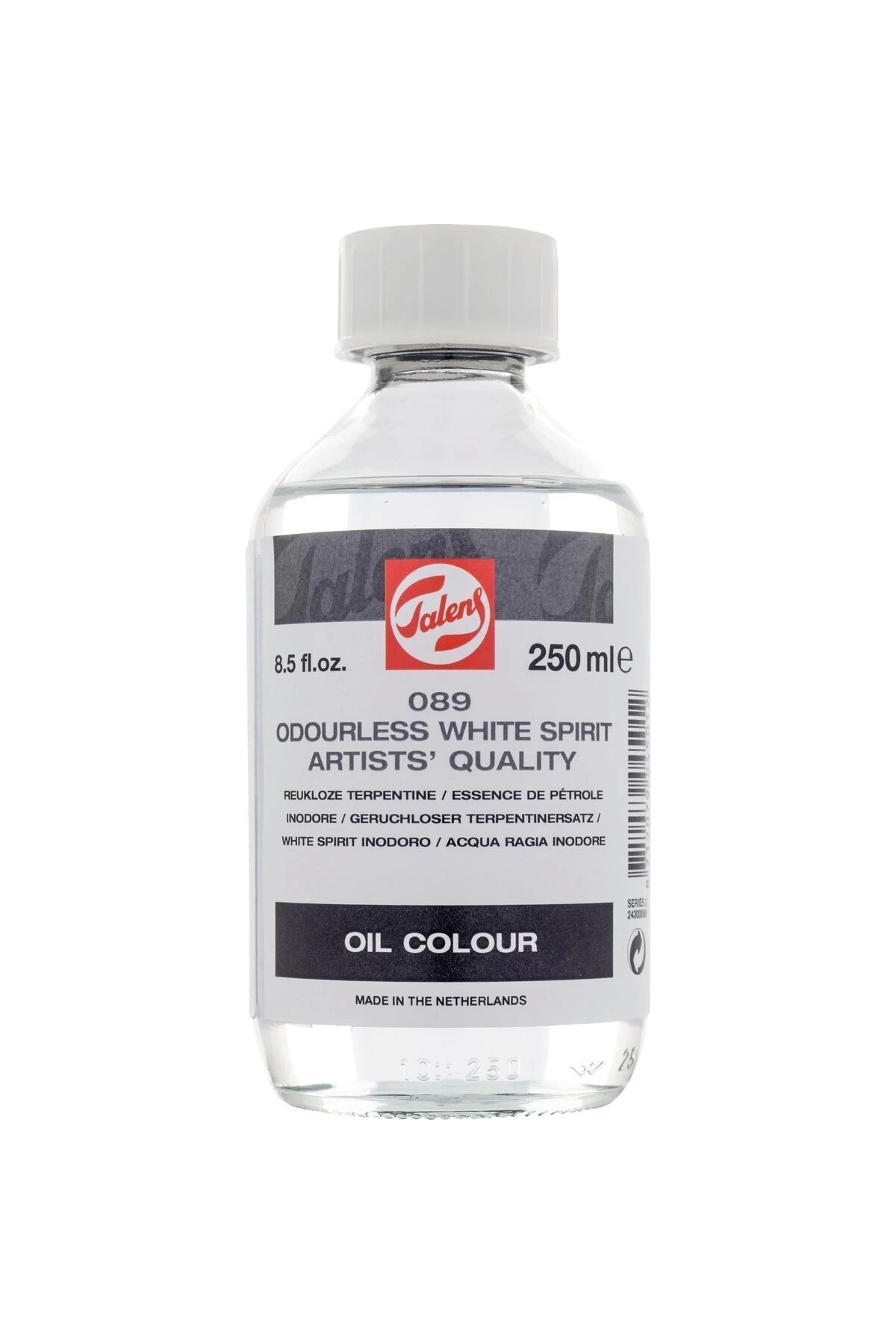Yes, you have to do it firstly. I don't know where is your problem. I can't guess and answer you without your detailed procedure explanation.
Okay, google: vm&p naphtha composition
then, you have to chose same one or similar. I think Kerosine is best one. Do you see that you need just use google and ask it? It really works well for simple questions like yours.
Okay, google: vm&p naphtha composition
then, you have to chose same one or similar. I think Kerosine is best one. Do you see that you need just use google and ask it? It really works well for simple questions like yours.
JustAnother0rganic
🥷 RESIDENT 🥷
may i take it for light petroleum ether (25C to 80C) ? instead of heavy.
↑View previous replies…
JustAnother0rganic
🥷 RESIDENT 🥷
Rgr That !
Never know the corresponding equivalent about naphta when its said "no replacement"
naphta= light petroleum ether
i ll tell you if i am still valid after my chemistry performance o_x'
Never know the corresponding equivalent about naphta when its said "no replacement"
naphta= light petroleum ether
i ll tell you if i am still valid after my chemistry performance o_x'
It isn't the cheap route, but zippo lighter fluid is exactly naphtha

